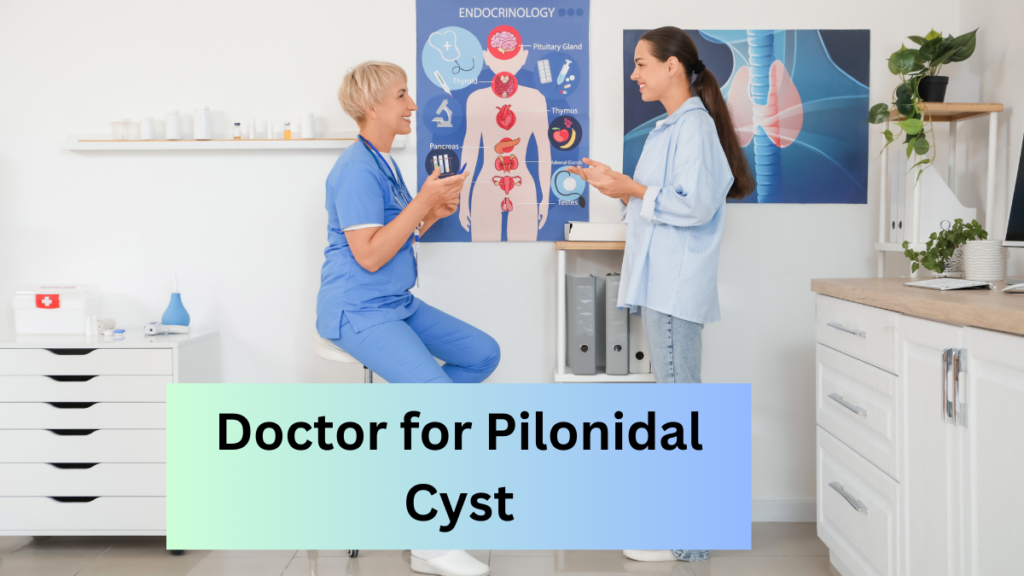This article discusses surgical substitutes for pilonidal cysts and emphasizes expert advisory services, including incision and drainage, excision, and minimally invasive techniques.”
With a pilonidal cyst, it can be hard to live with and the requirement to see a healthcare professional becomes mandatory. Thus; See a doctor for pilonidal cyst when non-surgical treatments stop working to investigate surgical options.
Here’s a comprehensive roadmap to understanding the different options for surgery to remove pilonidal cyst:
1. Incision & Drainage (I&D)
The very first step is incision and drainage for patients with an infected or inflammatory cyst. This operation entails a little cut to empty pus and clean the impacted region. Usually scheduled as an outpatient, it offers quick relief. I&D may not stop recurrence though and is only a temporary fix. Your pilonidal cyst doctor could advise extra actions to prevent flare-ups in the future.
2. Excision with Open Healing
This surgical technique leaves the wound open to heal on its own after totally removing the cyst. Although the healing time may be longer and careful wound care is necessary, this method usually has a smaller recurrence rate than simpler ones. Open healing guarantees that any remaining cyst material is less likely to stay, therefore lowering the risk of problems.
Read more about Top Qualities to Look for in a Doctor for your Pilonidal Cyst
3. Excision with Primary Closure
Under this approach, the cyst is excised and the wound closes right away with sutures. Comparatively, to open healing, this choice has a smaller recovery time. It does, however, run more of a recurrence risk. See your pilonidal cyst specialist to talk over the advantages and drawbacks of this approach and see whether it fits your health objectives.
4. The Cleft-Lifting Method
A specialist approach with a great success rate and reduced risk of recurrence is the cleft-lift operation. This method entails cyst removal and tissue contouring to lower the future risk of problems. With this approach, patients usually heal faster than with conventional excisions. Speaking with a pilonidal cyst knowledgeable professional can help you decide whether this is the right option for you.
Read more about Top Questions to Ask Your Doctor About Pilonidal Cyst Treatment
5. Minimal Invasive Choices
Effective and faster recovery periods of minimally invasive procedures like endoscopic pilonidal sinus therapy (EPSiT) are driving demand. This operation removes the cyst by minimum incisions using a tiny camera and specialist tools. Those seeking less downtime find this appealing since patients gain from speedier healing and less post-operative pain.
Last Thought
Selecting the appropriate surgical approach calls for knowledge of the several techniques and conversation with a knowledgeable professional about them in pilonidal cysts. Every method of incision and drainage, excision with or without closure, the cleft-lift operation, or a minimally invasive choice has special advantages and drawbacks.
Our goal at Pilonidal Expert is to assist you in deciding which most appropriate procedure to remove a pilonidal cyst for your circumstances. Get in touch with your reliable doctor for advice catered to your circumstances and start along the path towards sensible relief.






